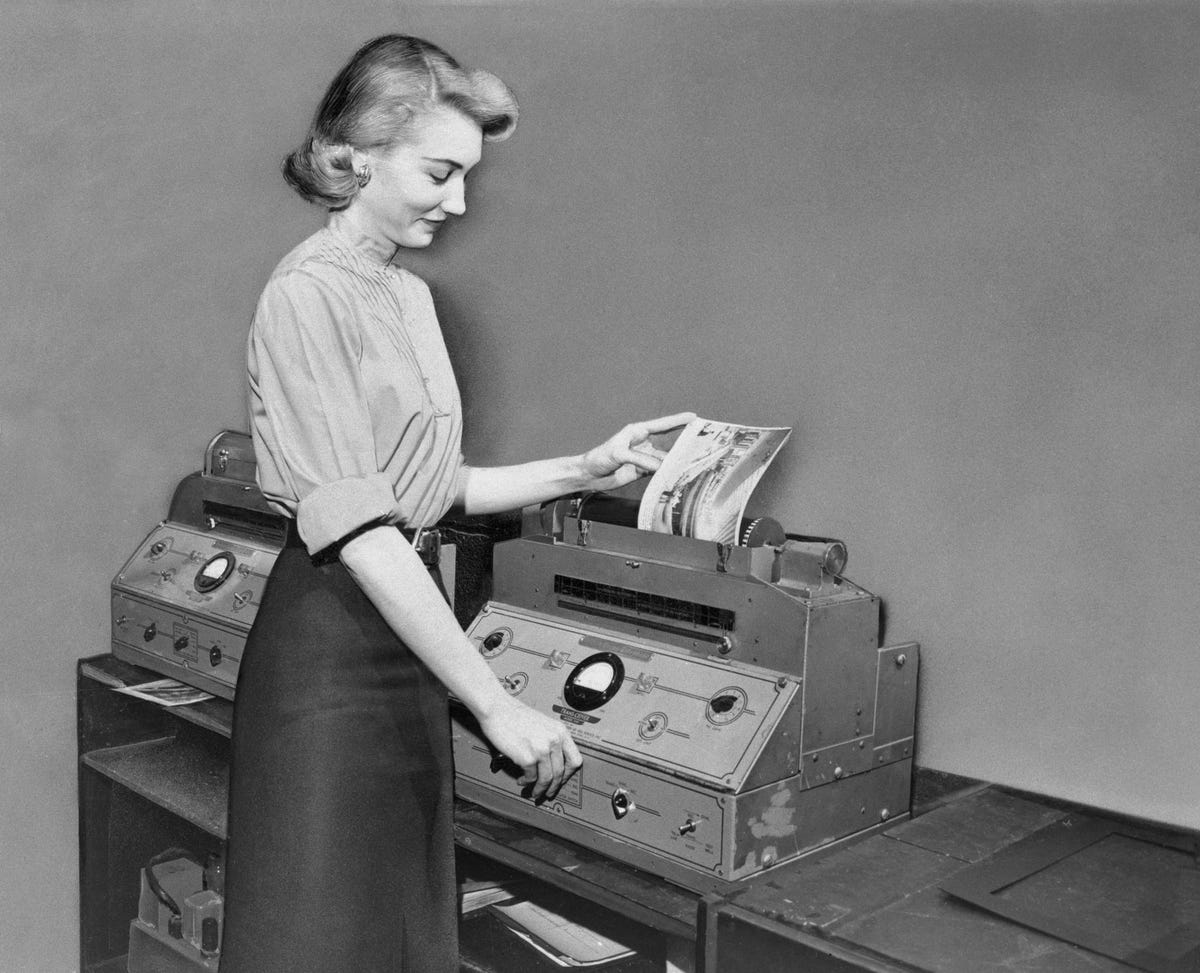[ad_1]
A co-worker recently observed to me, “I can’t believe it’s almost 2023, and we are still using fax machines!” I nodded in agreement, and also started wondering why that was the case.
According to Brian Segal of Telnyx, one important reason is clumsy government incentives under the Obama Administration to push hospitals and physicians into using electronic medical records. Under the Health Information Technology for Economic and Clinical Health (HITECH) Act of 2009, government offered billions of dollars to incentivize medical systems to switch from paper-based systems to electronic systems.
Segal also notes, “Many electronic health record (EHR) systems were hastily developed to be implemented before the incentive funds ran out. As a result, most medical record systems are based on spreadsheet technology, similar to Microsoft Excel. The systems have a steep learning curve and are difficult to use.”
Furthermore, the government incentives did not include provisions for compatibility with other EHR systems. Thus, if a patient has all their health records in one hospital system, then needs to transfer them to a second hospital system across town (or in another city), the data formats might not necessarily be compatible. So the only way to transfer records would be to print out hard copies and fax them.
(In contrast, in my own field of radiology there is a standard data format called DICOM for distributing images from x-ray, CT, MRI, and ultrasound studies. So if you get an MRI at one hospital and have a CD copy of your scan, then another doctor in any other hospital can view the study at their own computer without difficulty.)
Many EHRs are also painfully inefficient for physicians to use. As Dr. Lloyd Minor of Stanford University noted in a 2018 Wall Street Journal piece, “[N]early half of doctors said that they often engage in activities like taking paper notes and scanning medical documents in an attempt to avoid EHRs in the first place. The issue is clear — as long as the electronic tools we create don’t make health care more efficient, pens, paper and faxes will retain their privileged place.”
An early version of fax technology used by news services for transmitting pictures.
Health journalist Sarah Kliff also notes that many large hospital systems have a perverse financial incentive not to make internal data easier to share: “A shared medical record… makes it easier to see a different doctor. A walled garden — where records only get traded within one hospital system — can encourage patients to stick with those providers.”
(Kliff calls fax machines, “the cockroach of American medicine: hated by doctors and medical professionals but able to survive — even thrive — in a hostile environment.”)
Finally, Alex Hogan of STAT News notes, “In many states, it is legally required for medical providers to keep paper copies of patient records. It is sometimes more convenient to just fax something over than to have to download a file and print it from an e-mail.”
The federal government has explicitly told physicians and hospitals that fax machines meet HIPPA privacy standards for sharing sensitive medical records.
So even though fax machines may seem archaic, the images are often blurry and difficult to read, and the management of hundreds of incoming sheets of paper per day may seem absurdly inefficient, fax machines in health care will be here in 2023. And likely for many years to come.
[ad_2]
Source link



